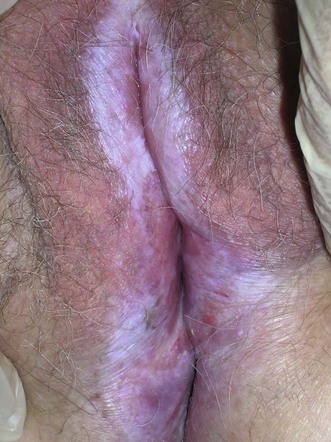 Intralesional triamcinolone Intralesional triamcinolone |
D |
 Surgery for clitoral phimosis Surgery for clitoral phimosis |
D |
 Cryosurgery Cryosurgery |
C |
 Low dose UVA1 phototherapy Low dose UVA1 phototherapy |
C |
 Photodynamic therapy with 5-aminolevulinic acid Photodynamic therapy with 5-aminolevulinic acid |
C |
 Narrowband UVB Narrowband UVB |
E |
 Cyclosporine Cyclosporine |
D |
 Hydroxycarbamide Hydroxycarbamide |
E |
 Hydroxychloroquine Hydroxychloroquine |
E |
 Methotrexate Methotrexate |
E |
 Antibiotics Antibiotics |
D |
 Topical calcipotriol Topical calcipotriol |
B |
 Topical tretinoin Topical tretinoin |
B |
 Oxatomide gel Oxatomide gel |
B |
 Oral calcitriol Oral calcitriol |
E |
 Potassium p-aminobenzoate Potassium p-aminobenzoate |
D |
 Topical estrogens Topical estrogens |
E |
 Topical testosterone Topical testosterone |
B |
 Oral stanozolol Oral stanozolol |
B |
 Icilin Icilin |
E |
 Fat transfer – adipose derived mesenchymal cells and platelet rich plasma Fat transfer – adipose derived mesenchymal cells and platelet rich plasma |
B |
 Focused ultrasound therapy Focused ultrasound therapy |
B |


